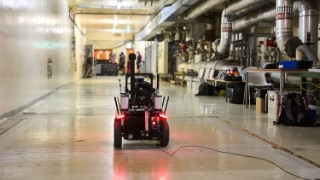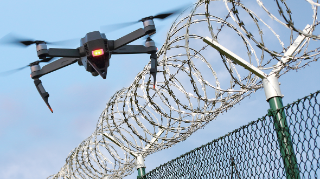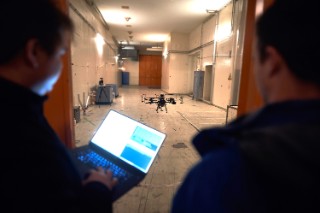
The contract for the delivery of LUCHS 2 reconnaissance vehicles has just been signed. This means that in 2029, the first German Armed Forces vehicle will roll off the production line that is based entirely on STANAG 4754 NATO Generic Vehicle Architecture from the scratch. This multinational standard, co-developed by Fraunhofer FKIE, ensures that the subsystems of vehicles from several NATO nations can communicate with each other. It thus makes a significant contribution to the necessary digitalization of the armed forces. Fraunhofer FKIE and IABG have now been tasked by the Federal Office of Bundeswehr Equipment, Information Technology and In-Service Support (BAAINBw) to test the vehicle for interoperability and compatibility.
more info






